What Is a Bridge?
Dental bridges are artificial teeth that connect gaps produced by missing teeth. It includes crowns that go over the teeth on both sides of the missing tooth space and the bridge in the middle.
Dental bridges can be constructed from many different materials. They can be made from ceramics, porcelain, zirconium, as well as composites. The patient can pick the substance for the bridge.
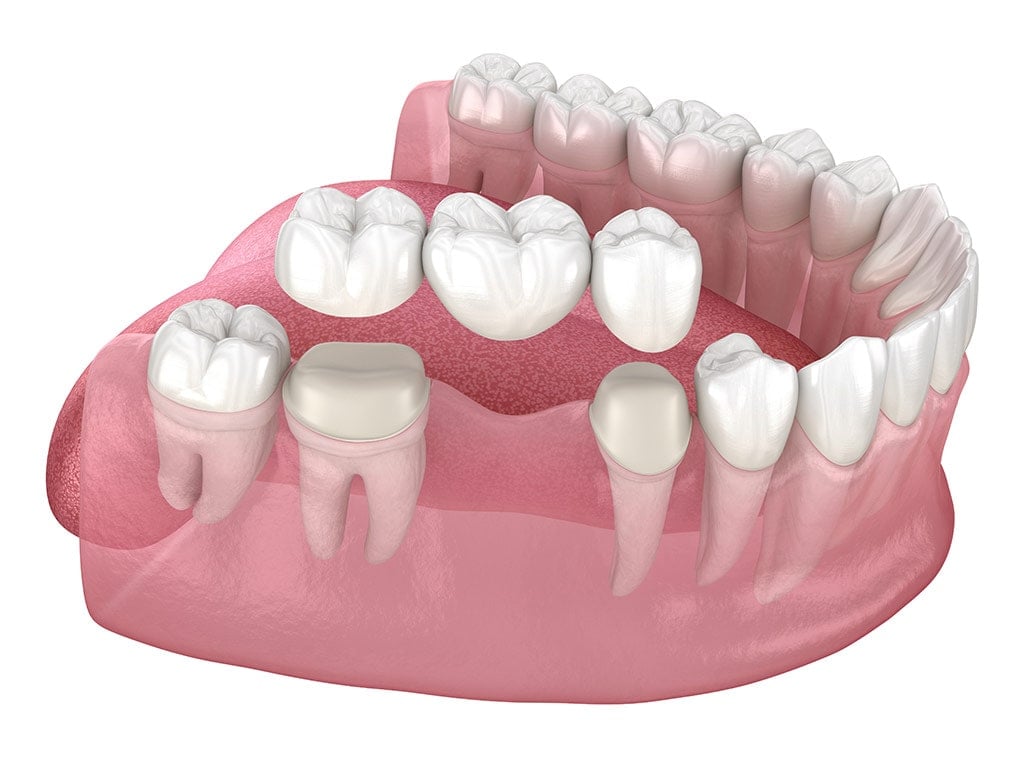
Benefits of Getting a Bridge
Getting a dental bridge will make your smile look better but serves more practical purposes. It improves chewing function and also can improve your physical health. It can indirectly improve nutrition because of improved chewing function.
Bridges Improve Speech
One benefit of getting a bridge is that this device will likely improve your speech. People with missing teeth tend to have trouble speaking certain vowels and consonants. Installing a bridge will allow the tongue and mouth to function as they should to form proper sounds.
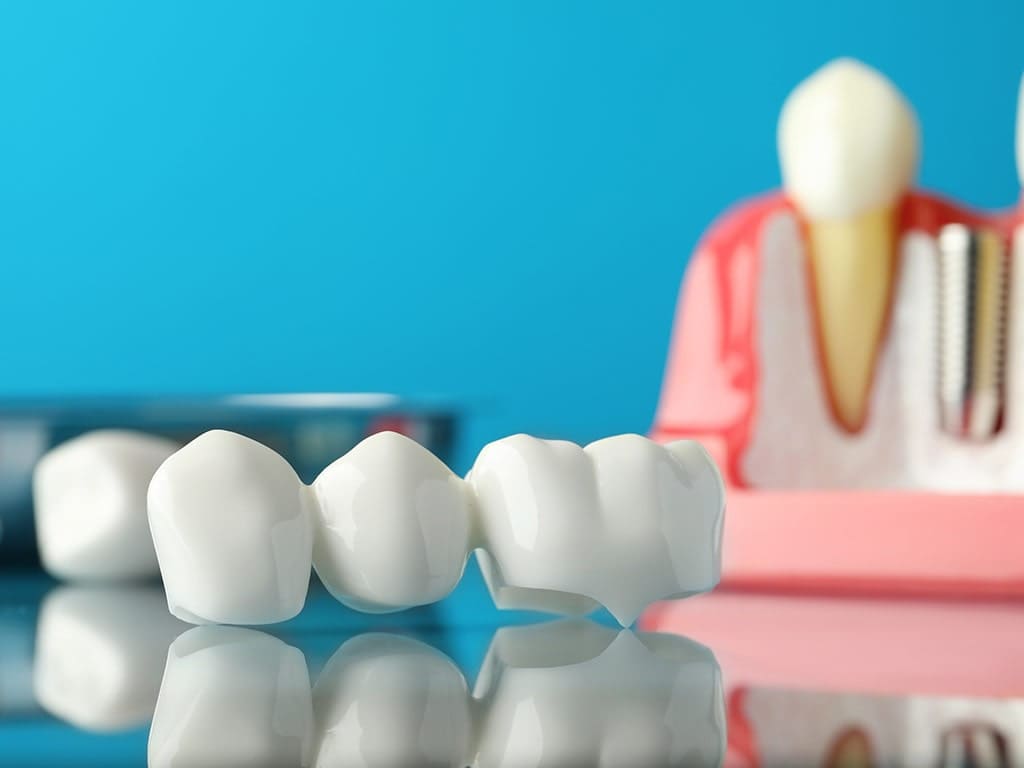

Maintaining Face Shape
Missing teeth can distort the face shape. Inserting a bridge will restore the shape of your face to its natural position. This can help you look younger and healthier. Bridges are permanent so they will feel natural like they are a part of your face.
Prevent Further Tooth Problems
Getting a dental bridge helps protect your mouth from future problems like shifting teeth, loose teeth, or other decaying teeth. It fills in a space so teeth stay as they are and prevents odd spaces from being created where bacteria can get in to cause decay.
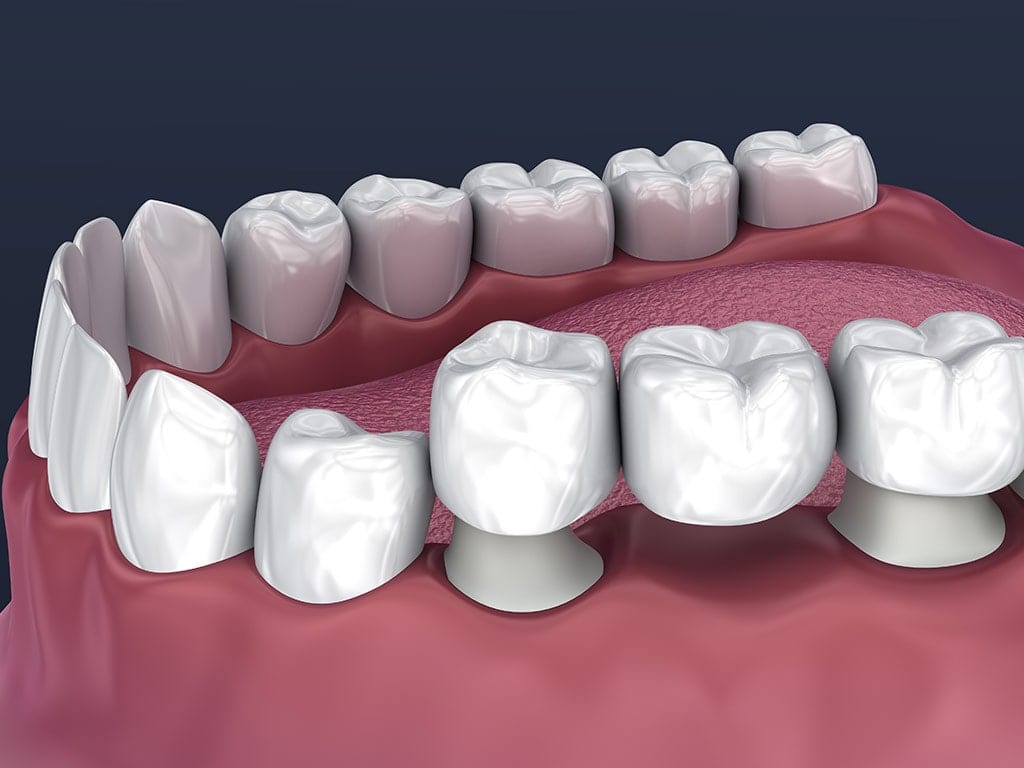
Improves Confidence
Nothing can give you more confidence than a great smile and dental bridges improve your smile. Missing teeth can be embarrassing and a bridge fixes that problem. It looks like your natural teeth so no one will know it’s a bridge.
Cheaper than Other Options
A dental bridge is more affordable than other options like dental implants. You can get a dental bridge to cover multiple teeth spaces so it’s a good option for those who have several missing teeth. It’s a good option to fill back teeth spaces because it’s durable and functional.
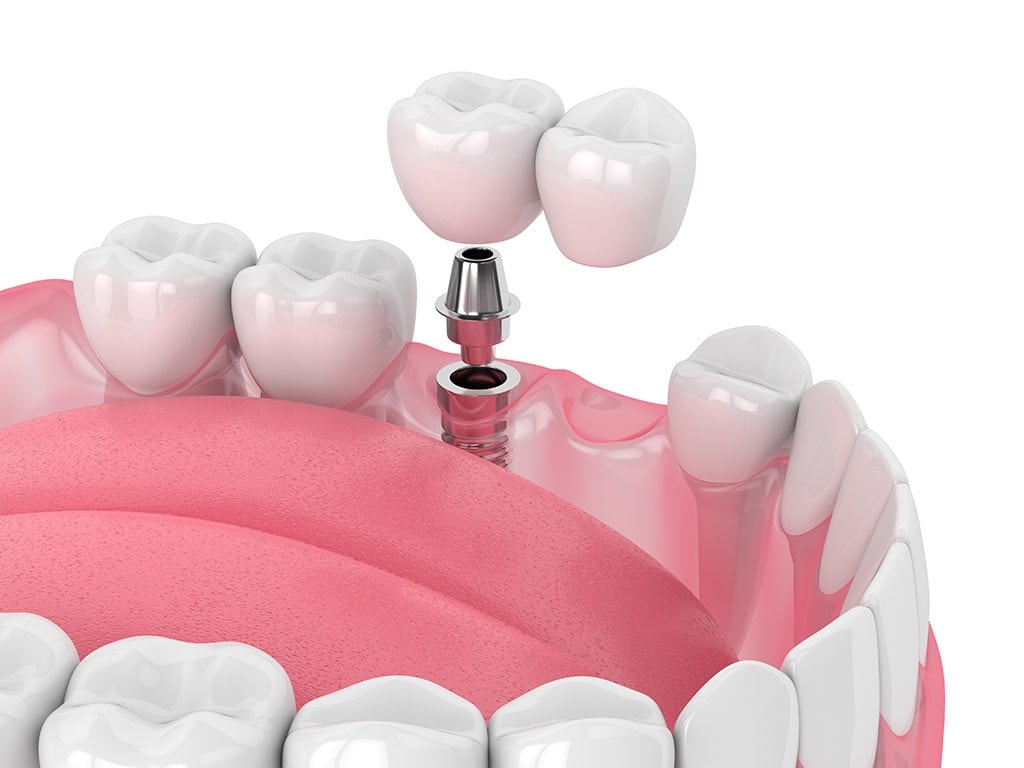
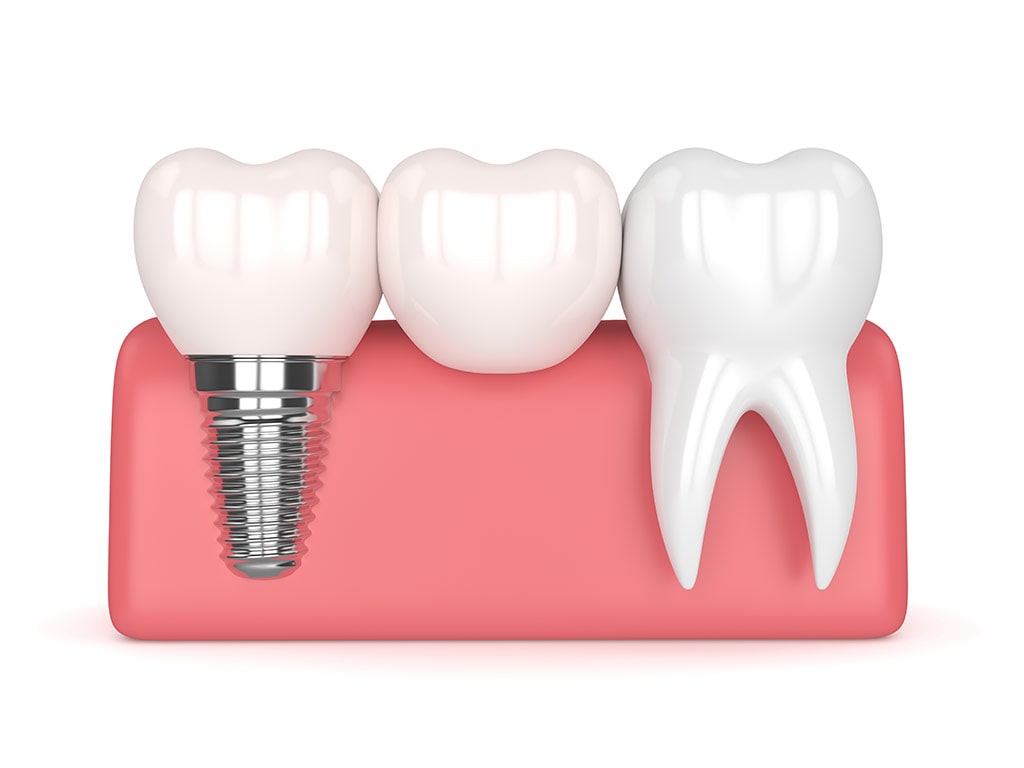
Good Recovery
The time it takes to recover after getting a dental bridge depends on how much work had to be done on surrounding teeth but most recovery times are between one and two weeks. There will be some discomfort during this time but no significant pain. You may also have some tooth sensitivity and may think your bite is off until you get used to the bridge.
Aftercare is Simple
You can brush and floss your teeth as you did before. Be sure to brush the bridge around it. Use a fluoride rinse and avoid sticky or crunchy foods while recovering. You may need to stay away from extremely hot or cold foods until you are completely healed. Those who have severe tooth sensitivity or other problems should call the dentist.
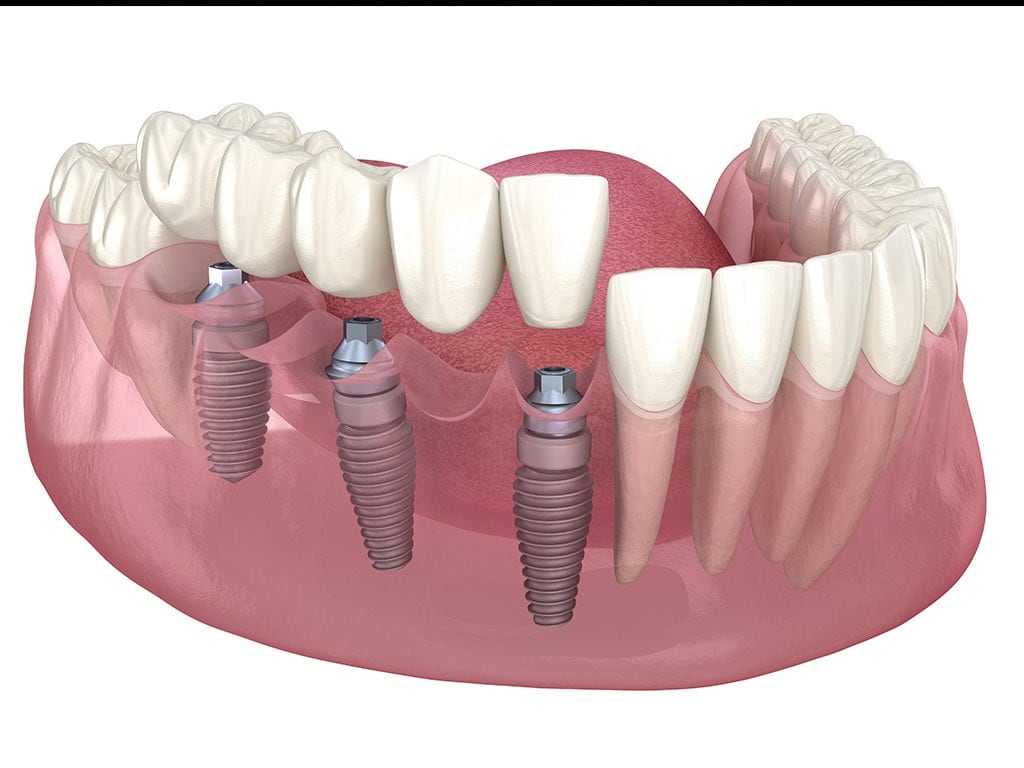
The Four-Step Process of Installing a Bridge
1. Evaluation
Those with missing teeth should make an appointment to talk to a dentist about the best restorative procedure. A dentist can do X-rays and offer the best treatment options within your budget. They may do some additional tests to review your teeth and gums before making an appointment to get a dental bridge.
2. Preparation and Placement
The procedure starts with the dentist giving you a local anesthetic to numb the area. They will also remove any remaining decay from the area, which could include the teeth on both sides of the area. The dentist will shape those teeth for better support of the bridge. They will get either a digital scan or an impression of the teeth to send off to create customized bridges and dental crowns. Temporary crowns and a temporary bridge will be installed.
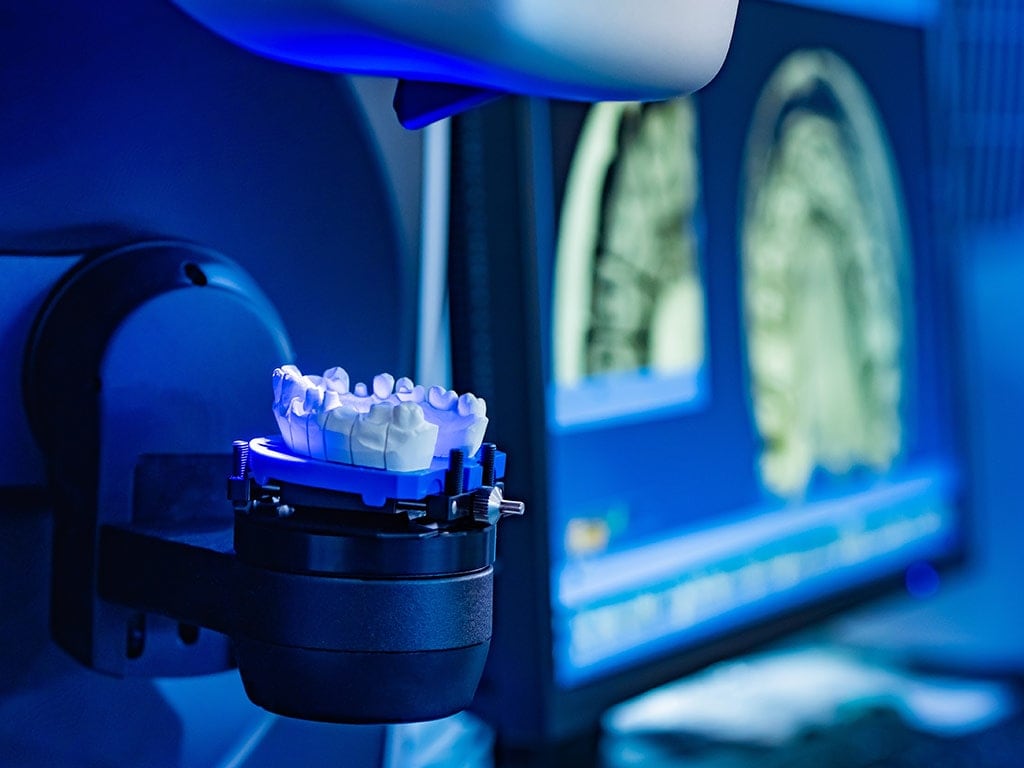
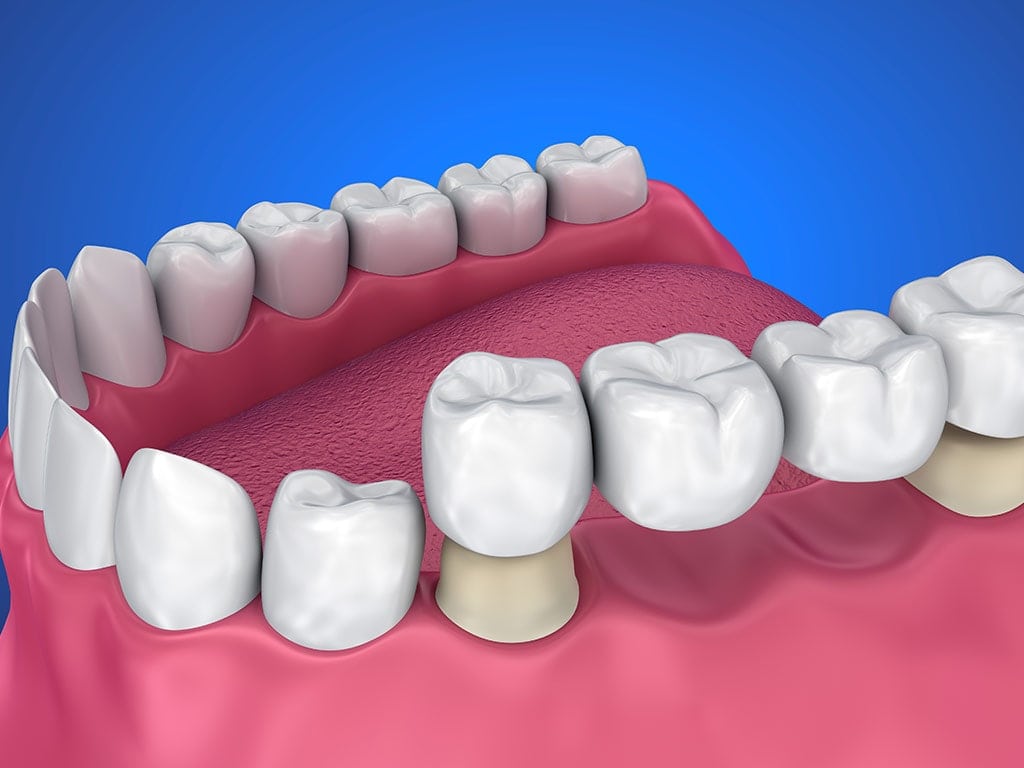
3. Permanent Placement
You will go back to the dentist to get the dental bridge installed. The dentist will remove the temporary bridge and apply a topical anesthetic to numb the area before injecting the area with an anesthetic. Permanent crowns are placed on the two surrounding teeth. The permanent bridge is installed and the dentist will make sure you are satisfied with it before applying a dental cement that permanently installs it.
4. A Check-Up
Your dentist will want to follow up with you to see how your bridge is working out for you. The dentist will also advise you on oral care and products that are best suited for your teeth and bridge.
Schedule an Exam for a Dental Bridge
Getting a dental bridge may make you anxious but it’s a straightforward procedure that can make a vast improvement in your life. Schedule an appointment for an exam to see if a dental bridge is a good choice for you.
Frequently Asked Questions About Bridges
Will a dental bridge ever need replacing?
It depends on a case-by-case basis. Some dental bridges can last a lifetime but some experts state that a bridge can last anywhere from five to 15 years. There are different reasons for a bridge failing but good oral care can help it last longer.
What types of dental bridges are there?
Dental bridges come in three types including resin-bonded bridges, fixed bridges, and catilever bridges. The patient decides which to use in their treatment after getting advice from their dentist.
Can a bridge be used for only one tooth?
Yes, you can get a dental bridge even if you only have one tooth missing.